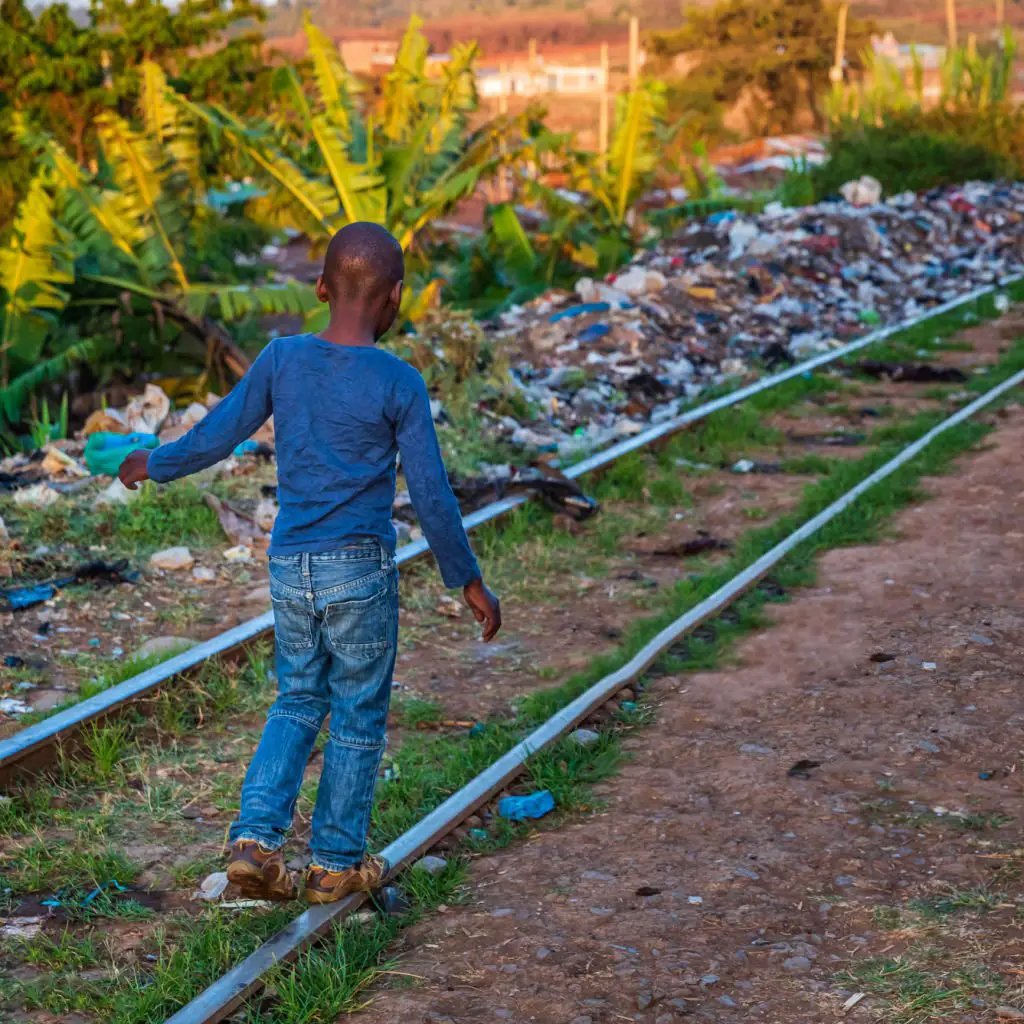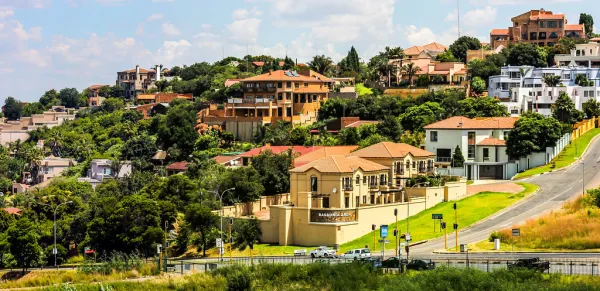
Introduction
The DRC health crisis has become one of Africa’s most urgent humanitarian challenges. In the eastern provinces of the Democratic Republic of the Congo, millions of people are struggling to access basic healthcare as years of conflict and instability have crippled hospitals and disrupted medicine supplies.
Yet, amid the hardship, a story of resilience and unity is unfolding. Health workers, aid agencies, and communities are joining forces to restore hope and rebuild a system that can once again serve the people of Congo.
Understanding the Roots of the DRC Health Crisis
The health emergency in the Democratic Republic of the Congo (DRC) is centered mainly in North Kivu and South Kivu, two provinces affected by long-term conflict. For years, ongoing insecurity has limited access to medicine and medical care.
Recent reports from the International Committee of the Red Cross (ICRC) reveal that over 200 medical facilities have exhausted their essential medicine supplies. Many clinics are only partially operational, and some rely entirely on mobile teams or volunteer staff.
Despite these challenges, local and international organizations continue to deliver emergency assistance to save lives and stabilize healthcare access.
Why the DRC Health System Faces Unprecedented Strain
Conflict and Instability
Prolonged insecurity remains the leading factor behind the DRC health crisis. Frequent clashes have displaced communities and disrupted health operations. Hospitals and supply routes often lie in active conflict zones, making access difficult for both patients and aid convoys.
Disrupted Medical Supply Chains
With roads damaged and transport routes blocked, the delivery of medicine and medical equipment is often delayed. This has led to shortages of essential drugs for common diseases such as malaria and tuberculosis.
Workforce Challenges
Doctors and nurses in the DRC are among the most dedicated professionals in Africa. Despite facing immense pressure, many continue to serve their communities tirelessly, even in difficult and dangerous conditions. Their resilience is a testament to the human spirit at the core of this recovery.
Economic Pressures
In rural areas, families often depend on agriculture for survival. Conflict and inflation have reduced household incomes, making it harder for people to afford private care. Strengthening public health systems is therefore vital for ensuring equitable access to medical services.
Preventable Diseases Threaten Lives
The DRC health crisis has made common diseases far more dangerous than they should be. Illnesses that are preventable or easily treatable elsewhere are now major threats in the region.
- Malaria continues to be one of the leading causes of death, especially among children.
- HIV/AIDS treatment has been interrupted for many patients, increasing the risk of relapse.
- Tuberculosis cases are on the rise due to inconsistent treatment access.
- Cholera outbreaks occur more frequently in areas with limited clean water and sanitation.
- Maternal and child health remain a top priority, as thousands of mothers lack access to safe childbirth facilities and prenatal care.
Through targeted interventions and continuous support, humanitarian agencies are working to bring these numbers down and improve health outcomes for all.
Humanitarian Response and Ongoing Support
Organizations such as Médecins Sans Frontières (MSF), WHO, and ICRC are leading large-scale efforts to strengthen healthcare in conflict zones. Their initiatives include:
- Supplying medicines and vaccines to local hospitals
- Deploying mobile clinics to remote areas
- Training local health workers
- Rehabilitating damaged health facilities
Local communities have also taken an active role in maintaining basic health services, often creating informal networks to support each other when official systems fail.
These combined efforts are saving countless lives and showing that even in times of crisis, compassion and collaboration can overcome adversity.
Inspiring Stories of Courage and Commitment
Behind the statistics of the DRC health crisis are thousands of remarkable individuals who continue to serve despite the odds.
In towns like Goma and Bukavu, volunteer nurses and doctors are working without pay to provide treatment to displaced families. Many travel long distances to reach patients in isolated areas. Their commitment reflects the courage of a nation determined to rise above hardship.
Patients, too, are showing incredible resilience. Communities are organizing vaccination campaigns, cleaning drives, and awareness programs to prevent disease and promote wellness.
Steps Toward Recovery and Long-Term Health Security
Ending the DRC health crisis requires coordinated efforts from both national and international partners. Several key priorities can help rebuild a stronger and more sustainable healthcare system:
- Restoring Peace and Stability: Safe access for medical personnel and humanitarian organizations is essential.
- Rehabilitating Infrastructure: Rebuilding clinics, hospitals, and roads ensures reliable healthcare access.
- Investing in Training: Supporting local healthcare professionals strengthens long-term capacity.
- Increasing Global Funding: More international aid and investment are needed to scale up medical services.
- Community Empowerment: Encouraging local ownership of health initiatives ensures lasting impact.
These actions can transform the crisis into an opportunity for renewal and development.
A Vision for a Healthier Congo
The DRC’s journey toward health recovery is challenging, but it is filled with determination and progress. Every new clinic rebuilt, every medicine delivered, and every life saved is a step toward healing.
With sustained global attention, proper funding, and strong partnerships, the Democratic Republic of the Congo can rebuild its health system and secure a brighter future for millions.
FAQs
1. What is the DRC health crisis?
It refers to the severe disruption of healthcare services in eastern Congo due to conflict, medicine shortages, and damaged infrastructure.
2. Which regions are most affected?
North Kivu and South Kivu provinces are the most heavily impacted by the ongoing crisis.
3. What are the main diseases affecting people?
Malaria, HIV/AIDS, tuberculosis, and cholera are among the most common illnesses in the region.
4. Who is providing medical assistance?
Aid groups such as MSF, WHO, and ICRC are working with local health workers to deliver essential care.
5. How can the international community help?
By supporting peace efforts, funding healthcare projects, and improving access for humanitarian aid across affected areas.
Conclusion
The DRC health crisis stands as a powerful reminder of both human vulnerability and human strength. While the challenges are immense, the courage and cooperation of the Congolese people continue to light the path toward recovery.
With unity, investment, and global compassion, the Democratic Republic of the Congo can overcome this health emergency and emerge stronger, healthier, and full of renewed hope for generations to come.


